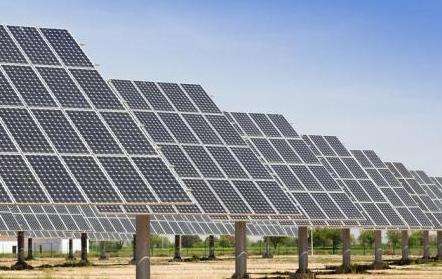Melon seed slices: Melon seed slices are inexpensive, but their irregular shape and sharp edges can scratch heating pipes during the construction of the underfloor heating embankment and during their subsequent use. Over time, there may be hidden dangers of water leakage.
Pisolite: A stone similar to the size of a bean, which is why it is called pisolite. Its shape is rounder than melon seed slices and will not scratch the heating pipe. It is an ideal filler material. Its thermal conductivity is stronger than that of melon seed slices. melon seed slices. Use better materials.
Is it better to use ceramsite or button stone for leveling underfloor heating?
The special button stone for backfilling underfloor heating the floor should be approximately 10. mm, with a smooth surface and syears edges. Only smoother ones have better thermal conductivity, so the role of Linyi paving stone production base in Shandong province, a producer of pisolite for underfloor heating, is used. natural pisolite and is examined twice. Each bag weighs 50 kilograms according to the ratio of cement, sand and pisolite: 1:2:3 to complete. Say the important things three times, 10mm, 10mm, 10mm.
How much does it cost to level 2.5 cubic meters of pisolite for underfloor heating?
Pisolite is good. Discovered according to Qijia.com query.
1. Pisolite can prevent the floor heating coil from being damaged and make the floor heating temperature more uniform. The surface of ceramsite is rougher than gravel and has a lower water absorption capacity.
2. Pisolite can increase thermal conductivity and has a hard texture. The price of ceramsite is highand the cost of subsequent maintenance is also high.
Which is best for backfilling ceramic pea stone for underfloor heating?
The ratio of materials is 1:2:3.
The material ratio of cement, pisolite and yellow sand in floor heating leveling is 1:2:3. Because underfloor heating leveling is special, in addition to cement and yellow sand, it is also special. It is necessary to add certain spaces between the pea cores, which is more conducive to floor heating and heat dissipation.
Sanding or cracking is more likely to occur after leveling underfloor heating. Sanding is due to the insufficient strength of the concrete floor. Everyone should pay special attention to the dosage. The causes of cracks are multiple.
The backfill material for underfloor heating can be ceamsite or pisolite, both of which have certain advantages and disadvantages.
Ceramsite is a porous clay-based material. It is lightweight, has low water absorption, good air permeability, and is not prone to mold growth. Its use of backfill in the floor heating system can better promote heat dissipation to the ground, conduct conduction and radiation more evenly, and improve the temperature stability and energy efficiency of the floor heating system. .
Pisolite is a natural granular mineral material with strong thermal inertia, which can maintain the heat of the underfloor heating system to a certain extent. Pisolite also has good drainage properties and is often used to improve soil structure and increase the air permeability of the soil.














